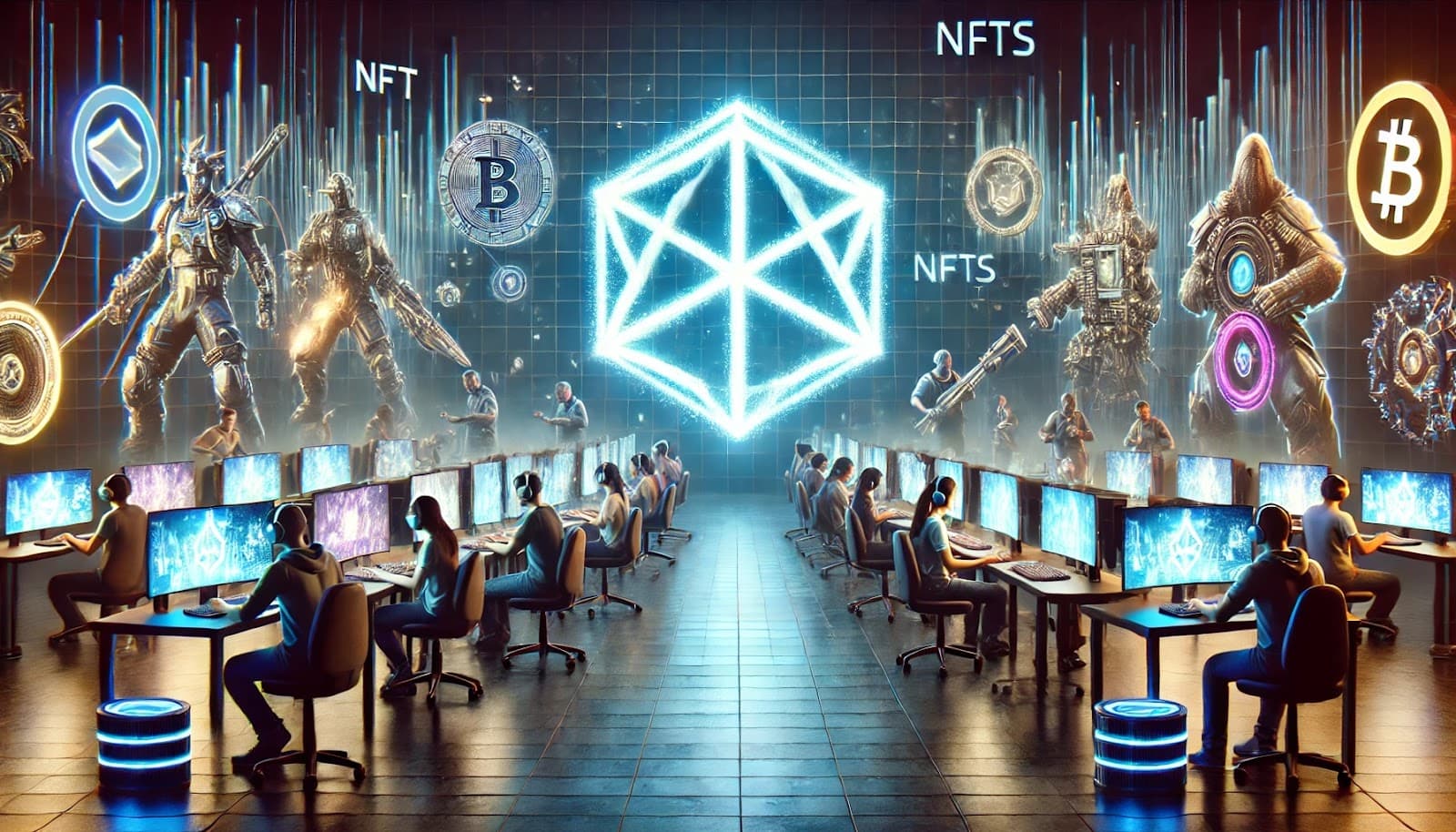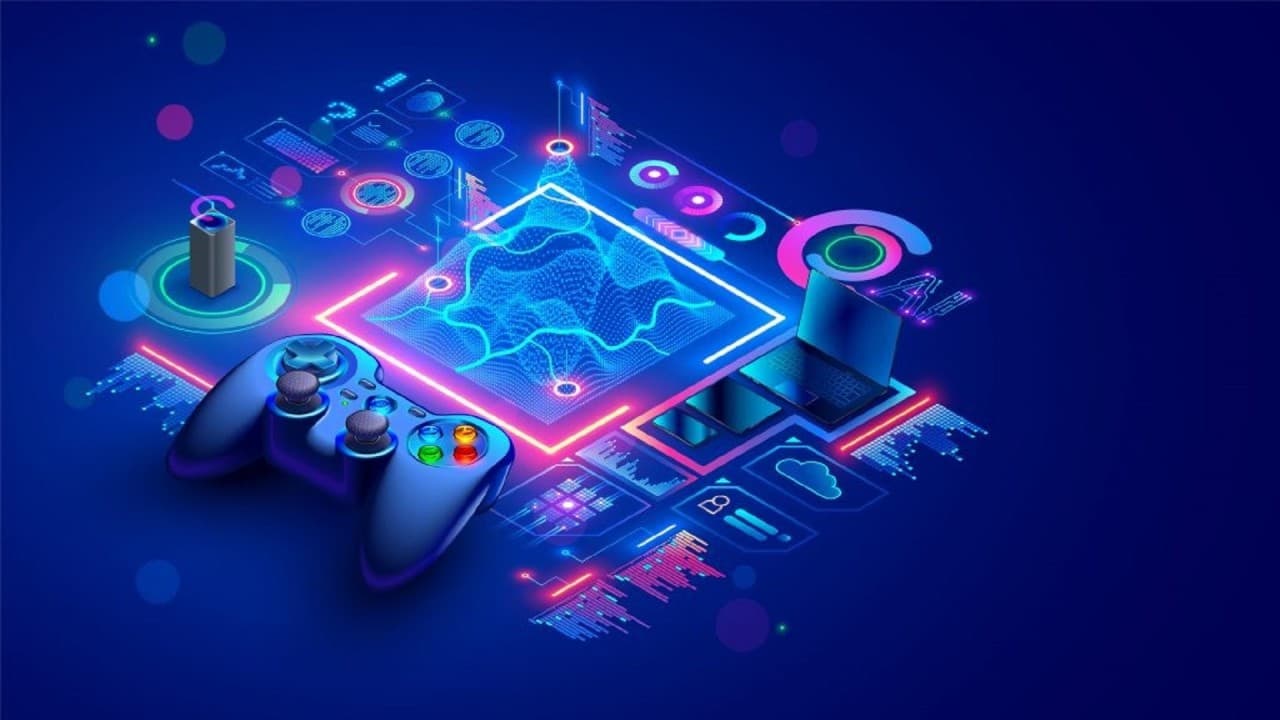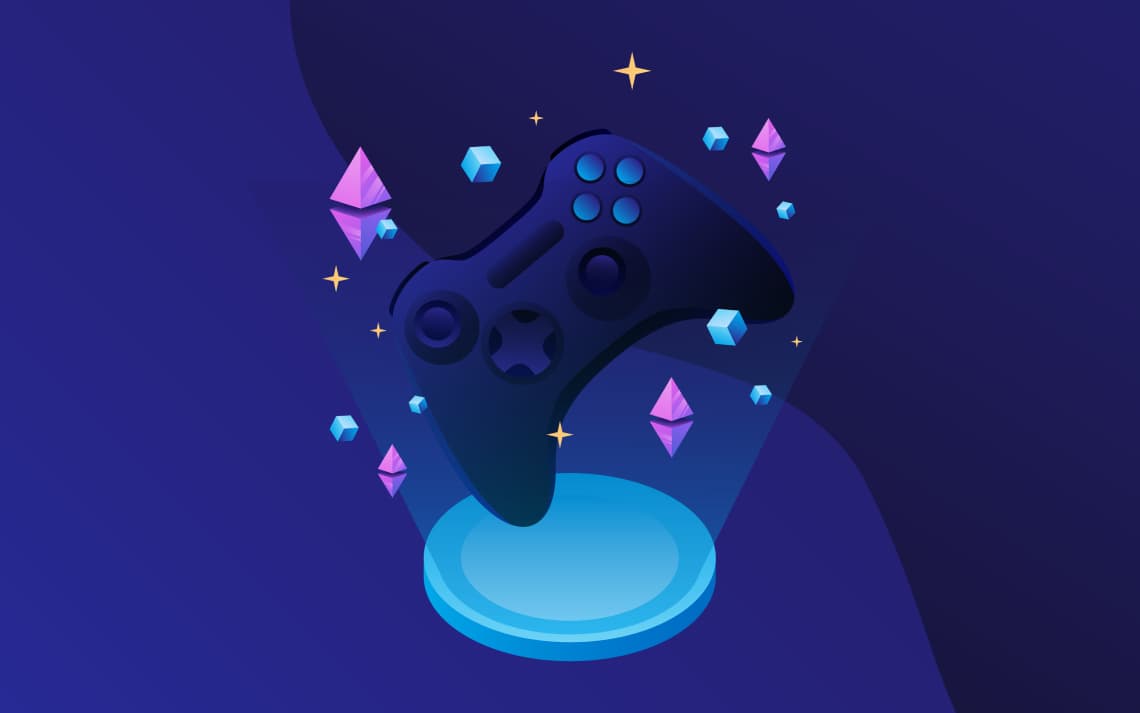In recent years, the gaming industry has witnessed a transformative integration of blockchain technology, with Non-Fungible Tokens (NFTs) leading the charge in redefining player ownership and engagement. NFTs, unique digital assets verified using blockchain technology, have opened up new avenues for gamers and developers alike, allowing for the creation and exchange of unique, in-game items that carry real-world value. This innovative merge not only enhances the gaming experience by adding a layer of financial investment and exclusivity but also propels the industry towards a more decentralized and player-driven economy.
The allure of NFTs in gaming stems from their ability to provide verifiable ownership of digital items, making every asset distinct and potentially increasing in value based on rarity and demand. As developers continue to explore this burgeoning technology, the implications for game design and player interaction are profound. This article delves into how NFTs are currently being utilized within the gaming sphere, examines the tools and platforms facilitating this integration, and evaluates the benefits and potential pitfalls of embedding blockchain technology into the fabric of digital gaming landscapes.
What are NFTs in the Context of Gaming
Non-Fungible Tokens (NFTs) in gaming signify a significant departure from traditional in-game purchases. Unlike standard digital assets that can be bought or earned within games and are infinitely replicable with no unique value, NFTs offer distinct advantages and opportunities:
- Uniqueness and Identifiability: Each NFT has a unique identifier, making it one-of-a-kind.
- Secured by Blockchain: The technology provides a decentralized, tamper-proof ledger of ownership, ensuring each token can be traced back to its original creator.
- Authenticity and Scarcity: Blockchain technology guarantees the authenticity and scarcity of NFTs, increasing their value and desirability among players.
- Transforming Digital Items: The integration of NFTs turns digital items from mere game elements into valuable assets that can be traded or sold in real-world marketplaces.
- Economic Opportunities: This transformation has opened new economic possibilities within gaming ecosystems, where items like costumes, weapons, or even virtual land can be bought and sold as NFTs, often for significant sums.
- Transaction Transparency: Blockchain ensures transparency in transactions, offering a clear history of item provenance and ownership.
- Enhanced Security and Trust: This system provides a new level of security and trust in the digital trading of in-game assets.
- Boost to Secondary Market: The security and transparency encouraged by NFTs foster a more robust secondary market and potentially increase player engagement through investment in digital collections.
The Integration of NFTs in Modern Video Games
The integration of Non-Fungible Tokens (NFTs) into modern video games marks a pivotal evolution in how games are played and valued. Through blockchain technology, NFTs enable games to offer unique, individually-owned items that can carry real-world economic value, significantly altering the traditional gaming model. This has led to the development of entirely new types of games where the ownership of digital assets is a central feature. For example, games like “CryptoKitties” and “Decentraland” allow players to buy, sell, and trade digital assets as diverse as virtual pets and land parcels, all represented as NFTs. These assets are not just limited to in-game utility but can also be seen as investments, as they can appreciate in value over time depending on their rarity and the market demand.
Moreover, the integration of NFTs is also reshaping traditional gaming experiences. Major gaming companies are beginning to explore NFTs to add layers of depth and value to their titles. By incorporating NFTs, these companies can provide gamers with opportunities to earn tangible rewards while playing, which can then be traded or sold in external markets. This not only enhances player engagement through a sense of ownership and potential earnings but also helps in creating vibrant, self-sustaining economies within the games themselves. The added element of scarcity and the ability to prove ownership of digital items have opened up new dimensions of player interaction and business models in the gaming industry, setting the stage for further innovations and adaptations.
Creating Unique Game Items with NFTs
Creating unique game items with NFTs involves blending artistic creativity with technical prowess, using blockchain technology to introduce a new level of authenticity and ownership in digital gaming. Game developers begin the process by conceptualizing items that not only enhance gameplay but also carry intrinsic value as collectibles, ranging from character skins and weapons to unique virtual environments and complex story elements that players can own.
Minting and Ensuring Authenticity
Each item is minted as an NFT, which assigns it a unique identifier on the blockchain. This ensures its rarity and ownership can be independently verified, establishing each item as a unique asset within the gaming world.
Selecting the Right Blockchain Platform
The technical side of creating NFTs for games typically involves selecting a blockchain platform that suits the game’s needs. Ethereum, for instance, is popular due to its robust support for NFT standards like ERC-721 and ERC-1155.
Creating Smart Contracts and Using Platforms
Developers use these standards to create smart contracts, which govern the rules around how these NFTs can be used, traded, and sold within the game environment. Platforms such as Enjin or OpenSea provide tools and services that simplify the integration of blockchain technology into games, making it easier for developers to manage and deploy NFTs.
Facilitating a Marketplace for Trading
This infrastructure not only supports the creation of NFTs but also facilitates a marketplace where players can trade these assets, further enhancing their value through an open economic model.
Conclusion
The integration of NFTs into the gaming industry represents a profound shift in the digital economy, blurring the lines between gaming and tangible asset ownership. By enabling players to own unique items verifiable through blockchain, NFTs offer a novel approach to enhancing gameplay and engagement, while also opening up new avenues for developers to monetize their creations. As the technology matures, we are likely to see more sophisticated applications of NFTs in gaming, ranging from exclusive content and immersive experiences to intricate player-driven economies. However, as the industry navigates this new territory, it will also face challenges related to scalability, security, and regulation. The long-term success of NFTs in gaming hinges on thoughtful integration, balancing innovation with user protection and ensuring that these digital assets enhance, rather than detract from, the gaming experience. As we move forward, the ongoing evolution of NFTs will undoubtedly continue to influence the landscape of gaming, offering exciting possibilities for players and developers alike.




